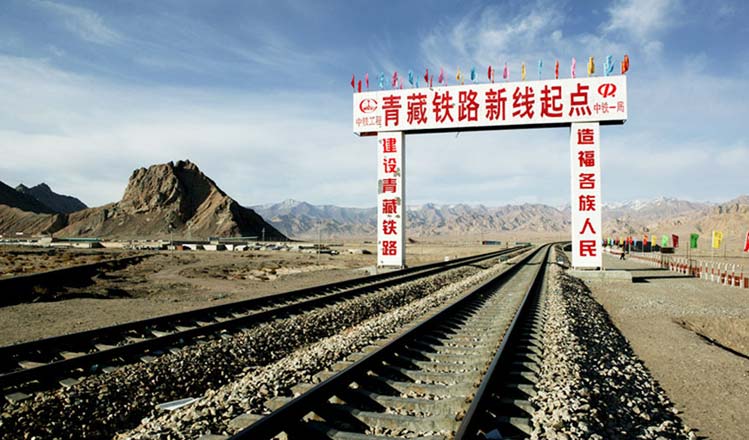Chinese pork demand lifts US hog futures
Updated: 2016-07-05 05:40
By PAUL WELITZKIN in New York(chinadaily.com.cn)
|
||||||||
A rising demand for pork and a shortage of hogs in China, which produces and consumes more pork than any other country, is causing hog futures in the US to soar.
"Over the past two years Chinese pig farmers reduced the breeding herd. This was done because China's corn-price policy led to expensive feed and also because many backyard producers quit the business," said Dermot Hayes, agribusiness professor at Iowa State University.
"Chinese pork demand is rising as their domestic hog supply is short. This is partly because of regulations in China and an attempt by the government to encourage environmental regulations which has caused a decrease in small-scale or backyard production," Becca Nepple of the National Pork Board said.
Erin Borror, chief economist with the US Meat Export Federation (USMEF), said China is more than 95 percent self-sufficient in terms of pork production, but there are cycles in which domestic production does not keep pace with demand.
"This has been the case over the past several months as a decrease in China's production has led to higher prices and larger imports. But there are indications that China's producers are rebuilding their herds and domestic production is starting to rebound," she said.
Last week, The Wall Street Journal reported that prices of US lean-hog futures rose by about 40 percent in the first six months of the year, beating oil, stocks and gold and climbing to a one-and-a-half year high.
Even though China supplies most of its pork, the European Union (EU) is the largest exporter to the mainland. "In addition to the EU and the United States, other supplying countries include Canada, Brazil and Chile. Through May, the EU accounted for 72 percent of China's 2016 pork imports. The US was the second-largest supplier, accounting for 13 percent of import volume," said Borror.
Hayes said US pork exports to China are up almost 100 percent as of June. "The EU had an advantage in that they never used Ractopamine (a feed additive approved for use in the US). We have had to take this out of the system to get back into China," he said.
All of this has had an impact on US pork prices, according to Borror.
"Strong demand in China has recently contributed to an uptrend in global pork prices, but the increase is also partly seasonal with prices typically moving higher in the summer. While the US pork cutout value is higher than a year ago, it is still below the value we saw in 2012, 2013 and 2014," she said.
China's appetite for pork has sent prices soaring as well in Brazil, Canada and the EU, the Journal reported.
In May, Beijing released 3.05 million kilograms (6.1 million pounds) from its frozen pork reserves into the market to ease supply pressure and contain a price surge. Beijing's pork prices have been rising since the Lunar New Year due to tight supply, with raw pork prices surging over 50 percent month on month in April, according to Beijing Municipal government.
paulwelitzkin@chinadailyusa.com

 In pics: Bikes in Beijing hutongs
In pics: Bikes in Beijing hutongs
 The world in photos: June 27- July 3
The world in photos: June 27- July 3
 Installation process of world's largest telescope in China
Installation process of world's largest telescope in China
 Dam's floodway blasted to discharge water in Hubei
Dam's floodway blasted to discharge water in Hubei
 Tenth birthday of the world's highest altitude train line
Tenth birthday of the world's highest altitude train line
 Crucial moments in the history of the CPC
Crucial moments in the history of the CPC
 Chibi Maruko-chan 25th anniversary exhibition
Chibi Maruko-chan 25th anniversary exhibition
 Turkey in mourning for 42 killed in assault on airport
Turkey in mourning for 42 killed in assault on airport
Most Viewed
Editor's Picks

|

|

|

|

|

|
Today's Top News
Abe's blame game reveals his policies failing to get results
Ending wildlife trafficking must be policy priority in Asia
Effects of supply-side reform take time to be seen
Chinese State Councilor Yang Jiechi to meet Kerry
Chinese stocks surge on back of MSCI rumors
Liang avoids jail in shooting death
China's finance minister addresses ratings downgrade
Duke alumni visit Chinese Embassy
US Weekly

|

|







